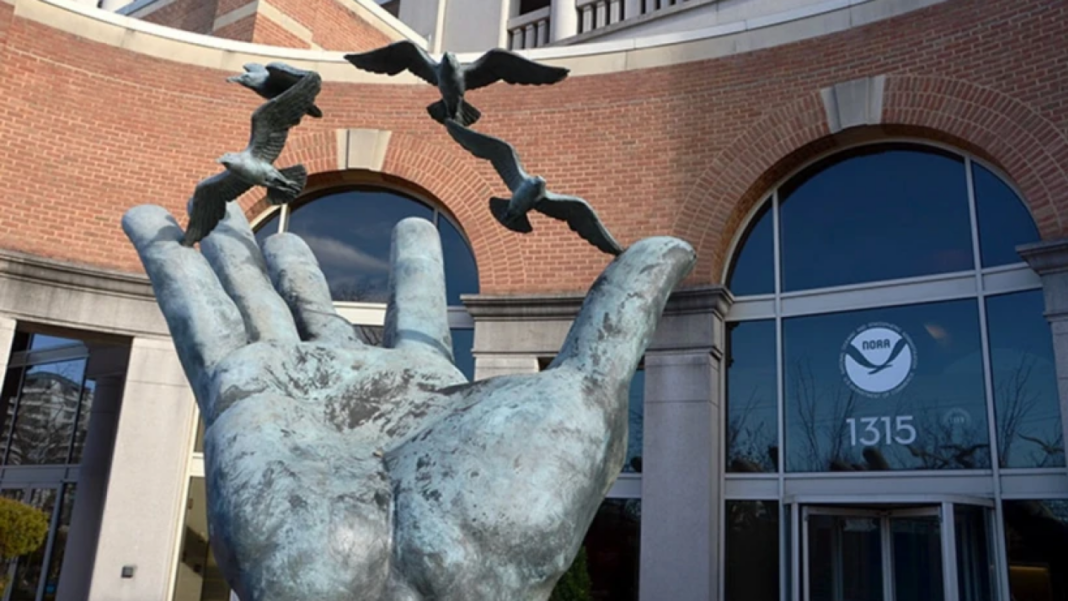As the world grapples with the complexities of climate change, pandemics, and technological advancements, the very foundation of scientific research is facing an unprecedented threat. The American Institute of Physics (AIP) has sounded the alarm, warning that science agencies are bracing for a wave of mass layoffs that could have far-reaching consequences for the sector. The news has sent shockwaves throughout the scientific community, leaving many to wonder: what does this mean for the future of discovery and innovation?
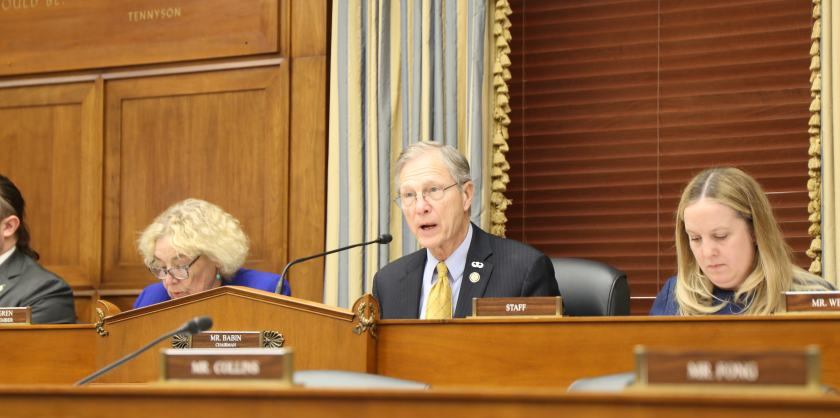
Science Agencies Under Siege: What’s at Stake
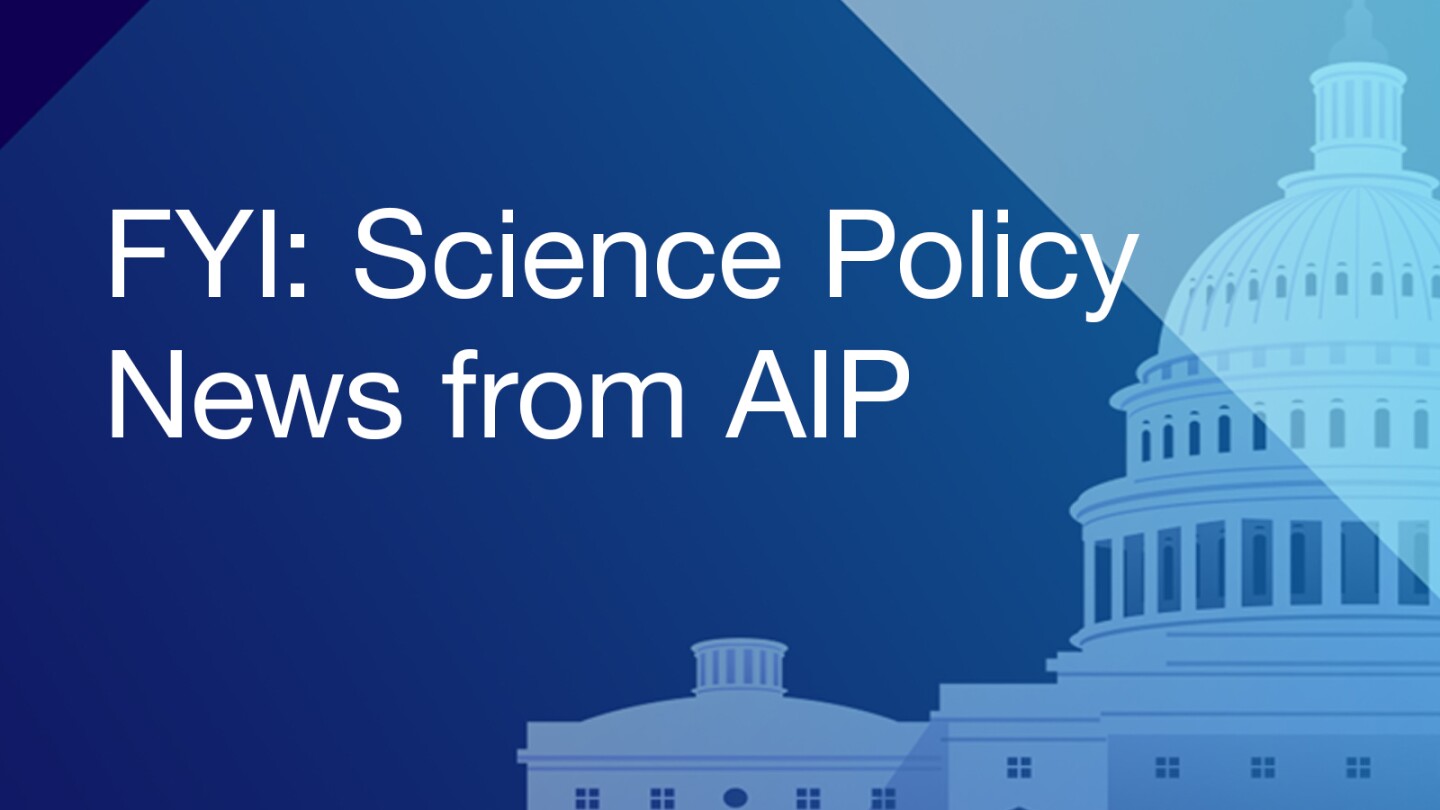
Reports suggest NSF, NOAA, and NIH are among the agencies in line for major cuts. A flurry of news reports this week suggests that the Trump administration’s plans to aggressively downsize the federal workforce will extend to science agencies.
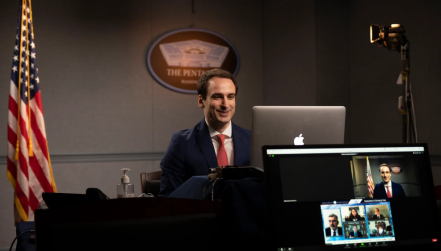
Proposed Cuts and Layoffs
- The National Science Foundation: A Quarter to Half of Staff at Risk
- Details of proposed layoffs and budget cuts at NSF
- Potential impact on NSF’s research and mission
- Former NOAA officials speak out on proposed cuts
- Implications for NOAA’s climate research and services
- Robert F. Kennedy Jr.’s plans for NIH
- Concerns over politicization of science and research
The National Science Foundation has been asked to prepare to lay off between a quarter and half of its staff in the next two months, according to reporting by Politico on remarks made by a senior NSF employee at an internal meeting. The administration may also propose cutting NSF’s $9 billion budget to as low as $3 billion, an anonymous source told Ars Technica.
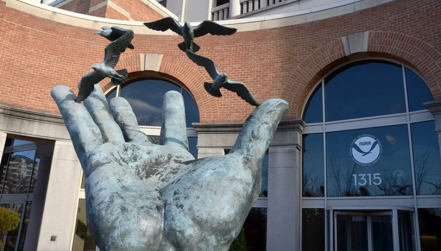
NoAA’s Uncertain Future: 50% Reduction in Staff and Budget
Former NOAA officials told CBS News that current employees “have been told to expect a 50% reduction in staff and budget cuts of 30%.” Vought’s 2022 budget blueprint proposed a 20% cut to NOAA, citing a desire to eliminate its focus on “climate extremism.”
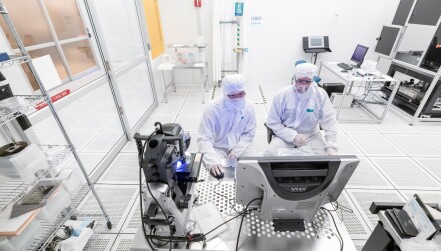
NIH’s “Clean House” Initiative: Thousands of Employees at Risk
Robert F. Kennedy Jr. said last year he wants to immediately fire around 600 employees at NIH. Sen. Angela Alsobrooks (D-MD) raised the subject in his Senate confirmation hearing, expressing concern that Kennedy indicated to her in a private meeting that he intends to “clean house” at NIH.
The Role of the White House and OMB
The administration is exploring a variety of mechanisms to downsize the federal workforce. The Office of Personnel Management has asked agencies to produce lists of employees who joined recently and are still on their probationary periods, which makes them easier to remove.
Vought’s Vision for Federal Workforce Reduction
- Russell Vought’s Center for Renewing America and its proposals
- Eliminating “leftward march” of science agencies
- Reprioritizing NSF’s mission and funding choices
- The “Schedule F” order and its implications
- Potential for greater political control over federal workforce
- The Office of Personnel Management’s involvement
- Potential consequences for federal employees
In 2022, Vought’s Center for Renewing America proposed cutting NSF’s annual budget to just under $4 billion to “force a reprioritization of the core mission of NSF and eliminate the leftward march of the agency and its funding choices.”
Trump’s Executive Orders: Redefining Civil Service and Policymaking Roles
Trump’s rapid dismantling of the U.S. Agency for International Development has raised fears that other agencies could be next. Trump’s nominee to lead HHS, Robert F. Kennedy Jr., said last year he wants to immediately fire around 600 employees at NIH.
OPM’s Role in Downsize Efforts: Deferred Resignations and RIFs
The Office of Personnel Management has asked agencies to produce lists of employees who joined recently and are still on their probationary periods, which makes them easier to remove. OPM has also made offers of deferred resignations to hundreds of thousands of federal employees.
Congressional Response and Implications
Congressional Democrats expressed alarm about the Politico report at a Wednesday hearing on the state of the U.S. research enterprise held by the House Science Committee.
House Science Committee Hearing: Democrats Express Alarm
- Ranking Member Zoe Lofgren’s concerns and questions
- Corroborating reports from individual agency employees
- Uncertainty over accuracy and scope of proposed cuts
- Concerns over “clean house” initiative at NIH
- Implications for science and research under Trump administration
Ranking Member Zoe Lofgren (D-CA) said she has heard corroborating reports from individual agency employees but is unsure if they are accurate.
Senate Confirmation Hearing: Robert F. Kennedy Jr.’s Testimony
Sen. Angela Alsobrooks (D-MD) raised the subject in his Senate confirmation hearing, expressing concern that Kennedy indicated to her in a private meeting that he intends to “clean house” at NIH.
The Future of Science Agencies: A Battle for Funding and Autonomy
The stakes for NSF, NOAA, NIH, and other science agencies are high. The administration is exploring a variety of mechanisms to downsize the federal workforce, which could have far-reaching consequences for the science community and the public.
Practical Aspects and Analysis
Unions representing USAID workers have filed lawsuits attempting to reverse the dismantling of USAID.
Union Response and Litigation: Challenging Proposed Cuts and Layoffs
- Unions representing USAID workers and their lawsuits
- Attempting to reverse dismantling of USAID
- Implications for other science agencies and their employees
- The human impact of proposed cuts and layoffs
- Potential consequences for morale and retention
- The administration’s priorities and goals
- Implications for science, research, and the public interest
Unions representing USAID workers have filed lawsuits attempting to reverse the dismantling of USAID. The initial deadline to respond was yesterday but a judge extended it to permit further court proceedings on whether the offers are legal.
Employee Concerns and Fears: Uncertainty and Insecurity
The human impact of proposed cuts and layoffs is significant. The uncertainty and insecurity faced by federal employees could have far-reaching consequences for morale and retention.
The Broader Context: Science Policy and the Trump Administration
The Trump administration’s priorities and goals are clear: to downsize the federal workforce and reduce spending on science agencies. This could have significant implications for science, research, and the public interest.
Conclusion
As the article from AIP.org highlights, science agencies around the world are bracing for mass layoffs, a disturbing trend that threatens to upend the very fabric of scientific research and innovation. The key takeaway is that the current funding landscape, exacerbated by the COVID-19 pandemic, has forced agencies to make drastic cuts, putting thousands of jobs at risk. Moreover, the article underscores the devastating impact this will have on the scientific community, from delayed breakthroughs to lost talent and expertise.
The significance of this development cannot be overstated. Science agencies serve as the backbone of our understanding of the world, driving progress in fields ranging from medicine to environmental conservation. When these agencies are forced to downsize, it’s not just jobs that are lost – it’s the very foundation of our collective knowledge and potential for future discovery. Furthermore, the long-term implications of these layoffs will be felt far beyond the scientific community, with far-reaching consequences for healthcare, economic growth, and global sustainability.
As we move forward, it’s crucial that policymakers, scientists, and the public at large recognize the gravity of this situation. The future of scientific research and innovation hangs in the balance, and it’s imperative that we work together to find sustainable solutions to this crisis. As we face this uncertain future, we must remember that the pursuit of knowledge is not a luxury, but a necessity – one that demands our collective attention, action, and commitment. The fate of science, and our world, depends on it.
